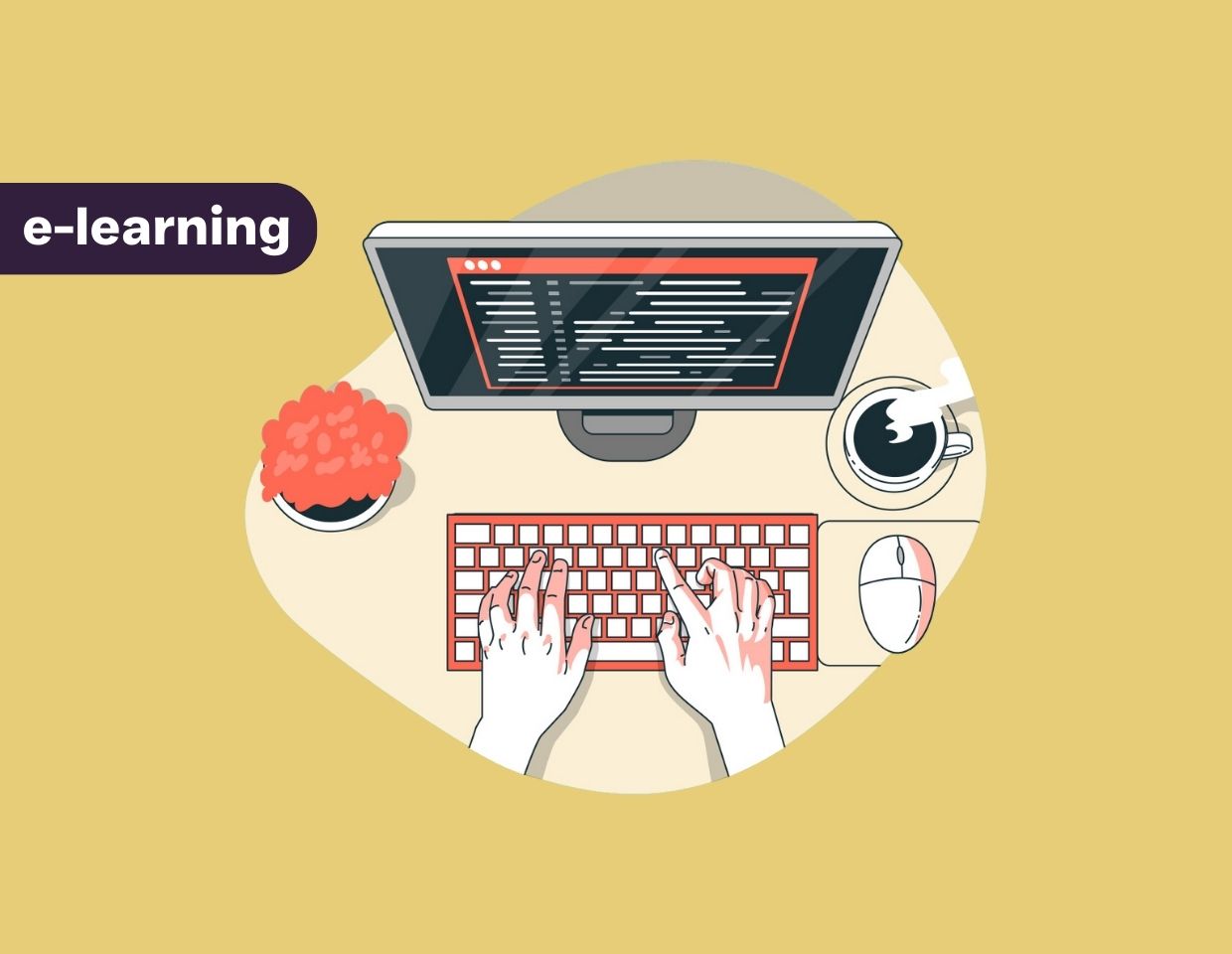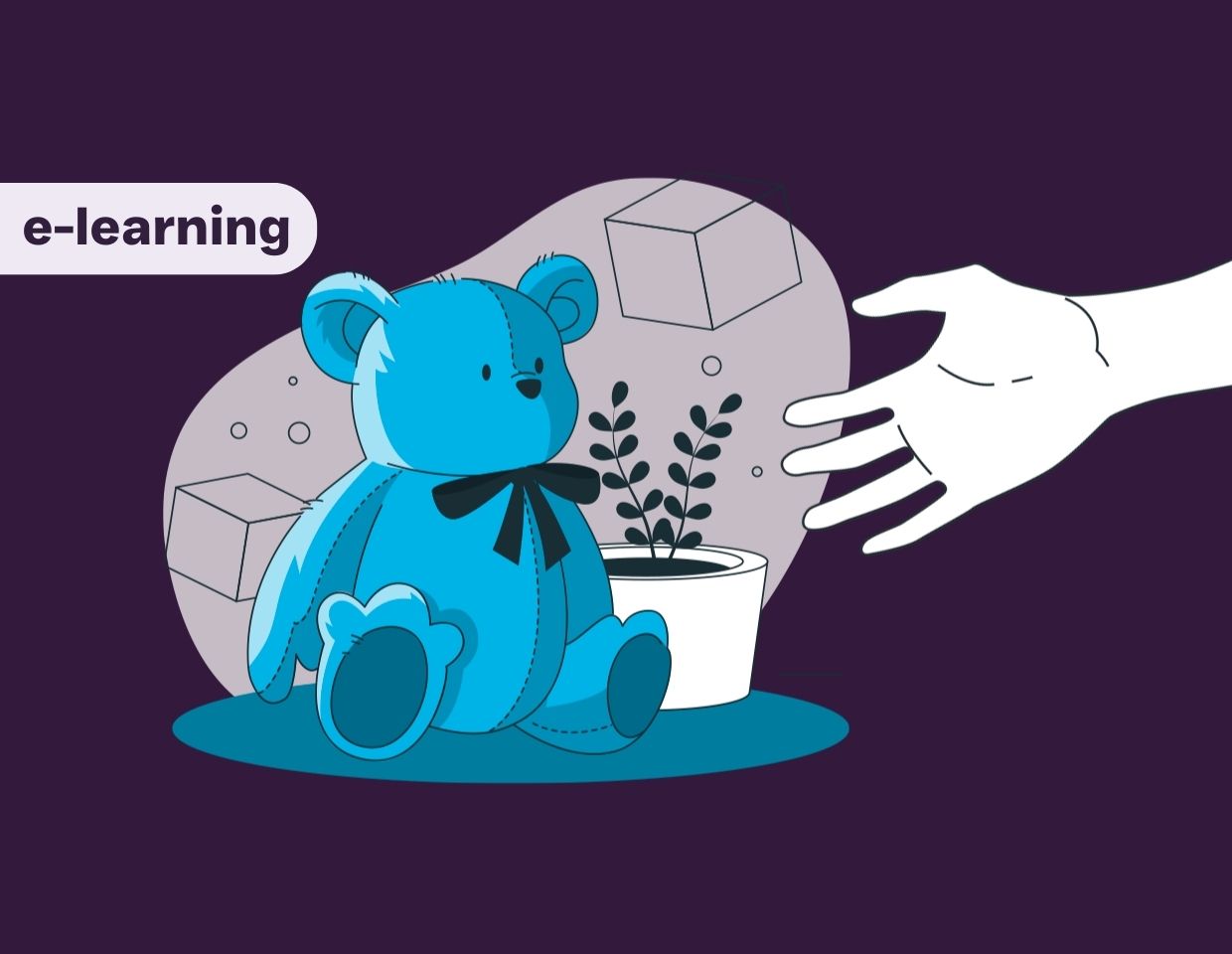Journalism that safeguards: Be the voice against child abuse

Journalism that safeguards: Be the voice against child abuse
The media plays a crucial role in raising awareness about online abuse against children, yet sensationalist reporting often distorts the nature of child sexual abuse. Learn how to report responsibly and with trauma sensitivity – complete our free e-learning course!
Date
Duration
Recommended for
Type
online
Contact
Donation amount
4 500 Ft
Topics
- A trauma fogalma és hatása
- Gyerekekkel szembeni szexuális erőszak természete, megelőzése és hosszútávú hatásai
- Amit a trauma-szenzitív újságírás alapelveiről tudni érdemes
- Média hatása a gyerekekkel szembeni szexuális visszaélésről való gondolkodásra
- Interjúkészítés alapelvei a bántalmazást átélt gyerekekkel
- Jogi és etikai szempontok
Description
The media’s portrayal of online child sexual abuse is often controversial. On the one hand, the media plays a vital role in raising awareness, highlighting the severity and consequences of such crimes. News reports frequently use shocking images and dramatic stories to draw attention to the issue. However, due to competition in the news industry, in-depth exploration of abuse circumstances and balanced, trauma-sensitive reporting are often neglected. A superficial and sensationalist (clickbait) approach risks distorting the reality of victims’ situations and the motivations of perpetrators.
When in-depth analysis and an emphasis on prevention are lacking, society may be more inclined to judge rather than understand the complexity of the problem. Such media content influences public opinion and shapes social attitudes but does not always provide adequate support and empathy for those affected.
This is why it is essential for journalists and content creators to handle the issue of online child abuse responsibly. Our training provides guidance in this area.
The course is entirely online and delivered in an e-learning format. Participants can complete it at their own pace without time restrictions. Upon completion, participants receive a certificate, provided they complete the full course and successfully complete interim assessments and case studies.
The training was developed with the support of ECPAT International. Read more about our collaboration with ECPAT here.



